CRE Midyear Outlook: Cautiously Optimistic
During the latest CPE Voices webinar, experts shed light on the industry's widely varied prospects for the second half.
Near the midpoint of a year that was widely predicted to see continued uncertainty in investment and development across all commercial real estate sectors, the industry appears to be adapting. Insights from a June 1 CPE Voices webinar moderated by Editorial Director Suzann Silverman, which featured economists, operators and investment managers, detailed no shortage of challenges but also offered cause for optimism.
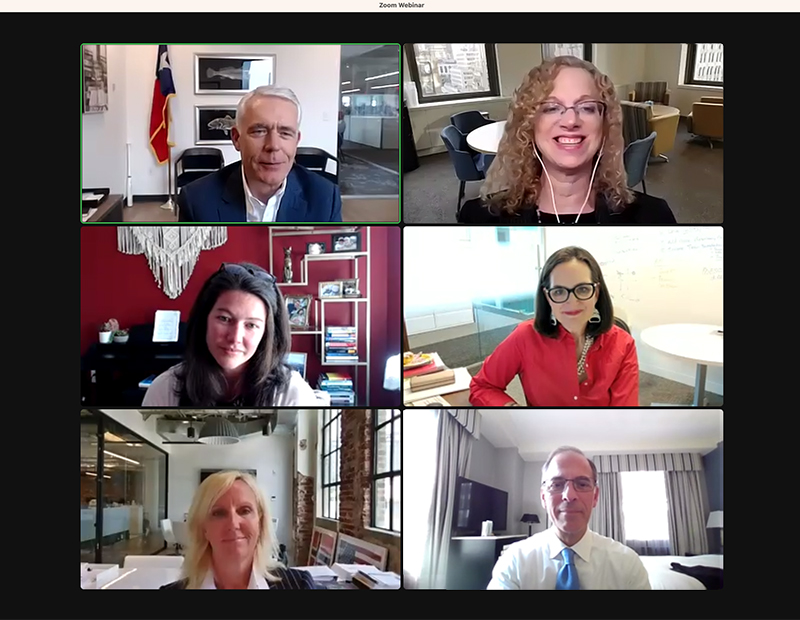
Clockwise from left: Mark Gibson, JLL Capital Markets; CPE Editorial Director Suzann Silverman; Rebecca Rockey, Cushman & Wakefield; Sara Queen, MetLife Investment Management; Jodie McLean, EDENS; Mark Zandi, Moody’s Analytics
The recession question
Despite widespread predictions of a recession occurring later this year or in early 2024, Mark Zandi, chief economist at Moody’s Analytics, made the case that avoiding one is possible. Pointing to inflation that has moderated significantly from its high of 9 percent in July 2022, Zandi expects the rate to approach 3 percent by the end of the year, roughly 100 basis points shy of the Federal Reserve’s goal. With lower inflation comes higher business and consumer confidence, as well as increased spending.
Still, further sharp rate hikes by the Fed might undo this progress. “It’s important to quell inflation, but to not do so too hard or too fast,” Zandi said.
Other reactions predicted a recession but downplayed the effects, with the same contingencies as Zandi’s assessment. Mark Gibson, CEO Americas at JLL Capital Markets, sees a recession as an “eventuality,” as perceived by the industry, that has been driven by the Fed’s moves. At the same time, the possible effects of a downturn are not set in stone. Pointing to the positive effect of reducing inflation on narrowing bid-ask gaps and boosting deals, Gibson said, “If we have some consistency in communication and within economic policy, you will see transaction volumes increasing.”
READ ALSO: Time for Brokers to Go Back to Basics
Investor behavior does not necessarily reflect a shortage of available capital, however. “There is not a lack of liquidity, but you may not like the price or structure,” Gibson cautioned. Commenting on investors’ strategy, he added, “The past three years have been admirable, compared to the previous 30,” with investor and lender underwriting including a “recession-oriented” risk component.
Office ills
For the office sector, the outlook remains gloomy. Rebecca Rockey, global head of economic analysis and forecasting at Cushman & Wakefield, cited the sector’s 18.6 percent national vacancy rate as “the highest on record,” coinciding with supply that is rapidly tapering off.” Here, a stabilization will occur only after “retrenchment within the sector, (followed by) more absorption,” she said.
That scenario is unlikely to unfold any time soon, due to development and investment uncertainty, the work-from-home trend and the flight to experientially driven spaces.
WATCH THE WEBINAR: Midyear Outlook 2023: What to Expect in the Second Half and Beyond
“When you had spikes, such as the dot-com bubble and the global financial crisis, there was a sense that the economy will recover, and people will come back to the office,” explained Sara Queen, head of real estate equity at MetLife Investment Management.
Consequently, there is no industry-wide answer to these challenges. In what Rockey referred to as a “trifurcation,” some office classes are performing better than others based on location, space quality and amenities. “The top 10 to 15 percent (of stock) is doing incredibly well, the next 30 percent are down, and the remainder we don’t know,” Gibson observed.
“If One Vanderbilt had another five floors, they would lease in a week,” Queen said.
Industrial and retail hold steady
To a greater extent than the office market, the industrial and retail sectors offer ample development and investment opportunities, panelists said.
Industrial development, which has a pipeline of 616 million square feet, will likely experience a “wave followed by a ripple,” with vacancy peaking at 5.5 percent in the next 18 months, according to Rockey’s analysis. The sector’s activity, attributable largely to a manufacturing boom and consumer demand, is only expected to grow. “We are going to see continued onshoring, (as well as) manufacturing and construction,” Zandi predicted, pointing to the year’s $170 billion in development deals, already approaching double last year’s total of $100 billion.
Retail tells a similar story, with well-located, grocery-anchored space enjoying a high degree of success, particularly in areas experiencing strong in-migration; the national 5 percent vacancy rate continues to decline, according to statistics cited by Rockey. “There’s very little supply side risk, and resilient demand,” she said.
Jodie McLean, CEO of EDENS, attributes this to a shift from a desire for durables, which peaked during the pandemic, back to services, where a physical store remains “the fastest way to have access.” McLean sees any successful retail development as dependent on the shopper’s experience. “You are clearly seeing department stores being redesigned,” she said. “There (have to be) places where if you bump into your neighbor you can sit down, and where you can spend time with and among your community.”

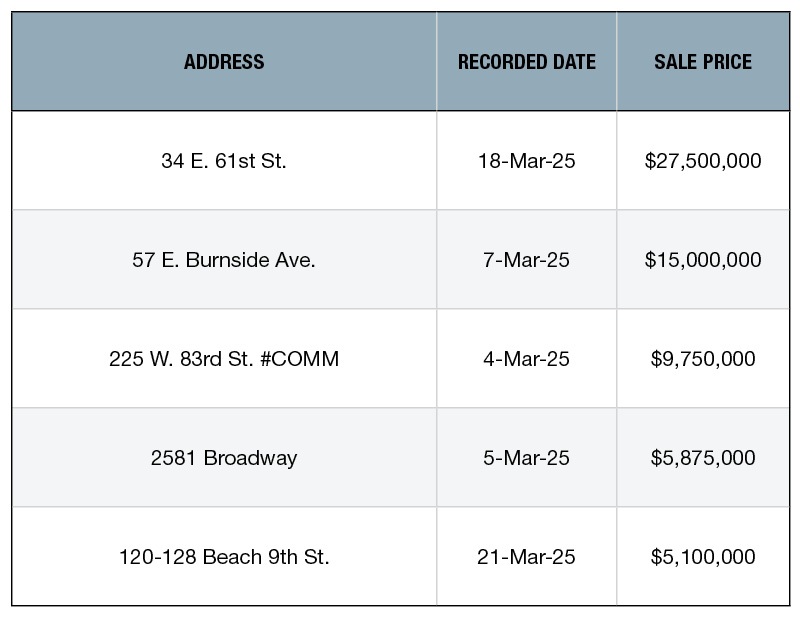

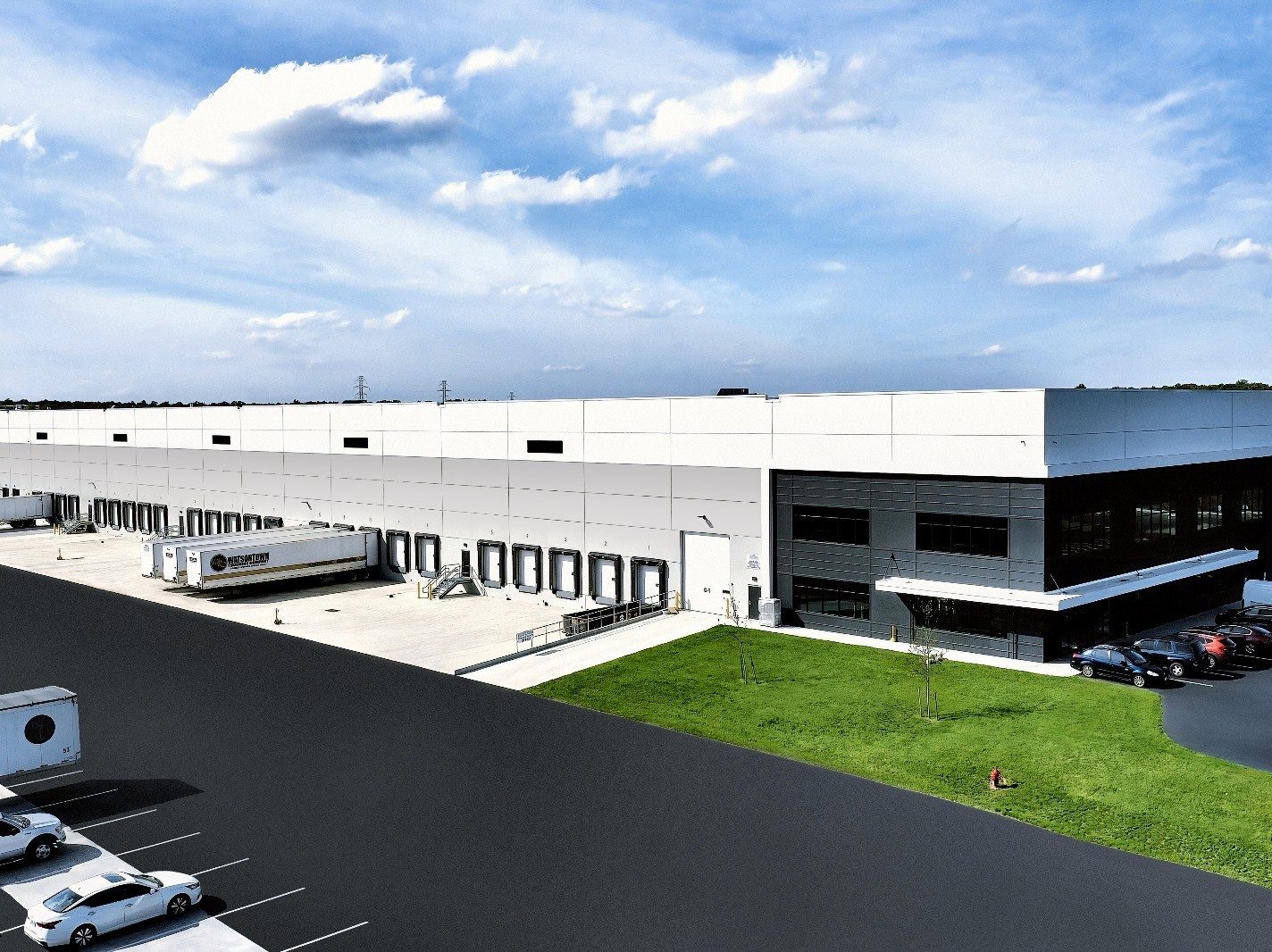
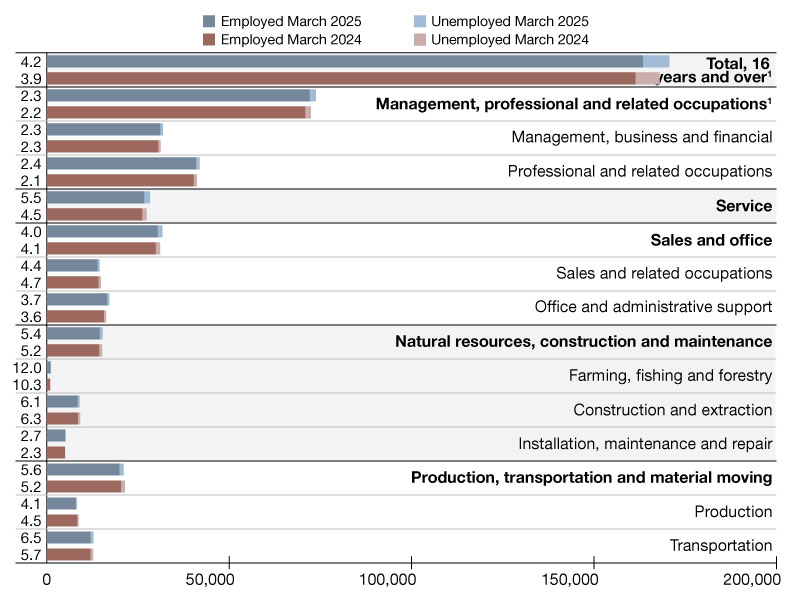
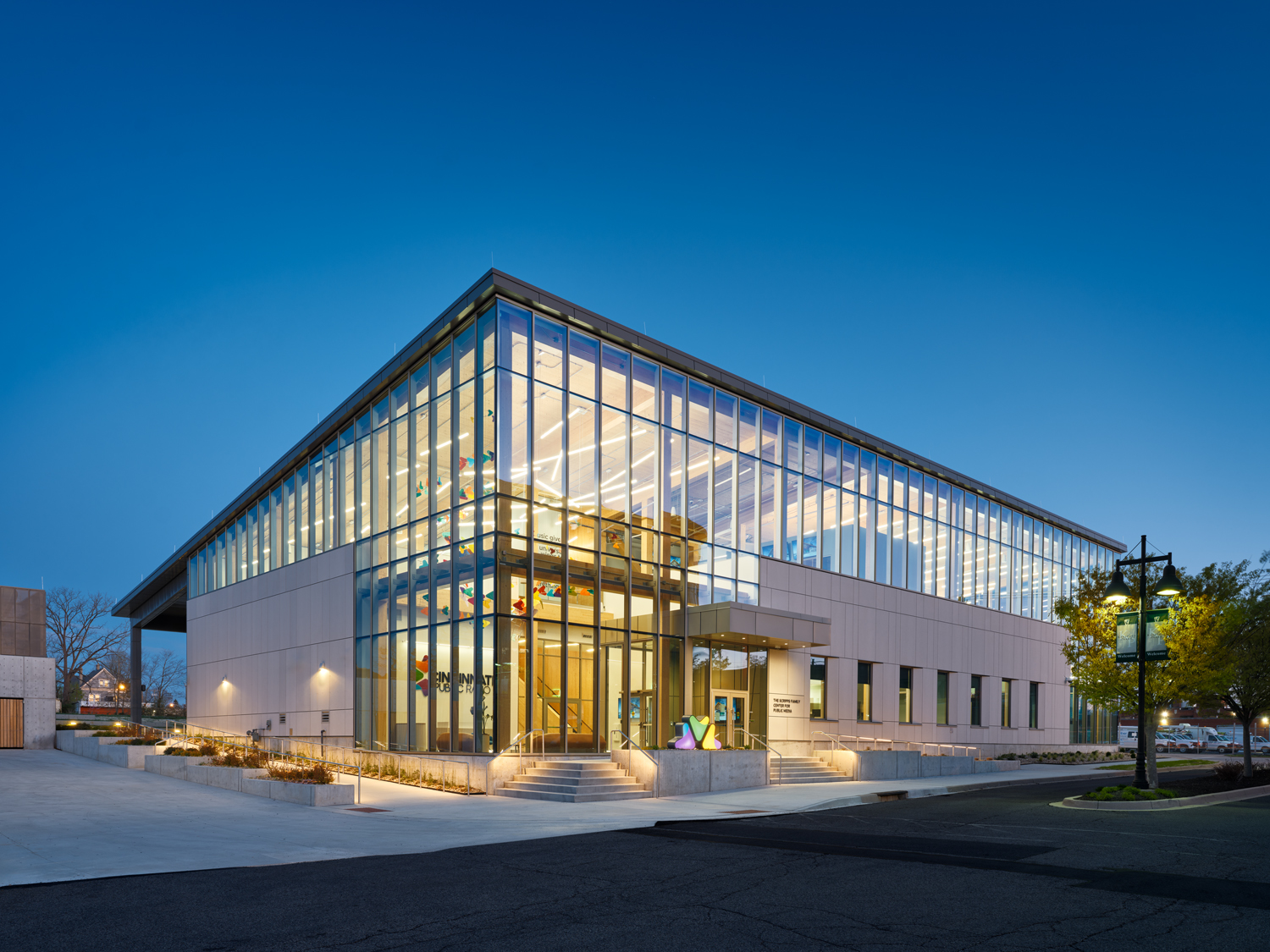
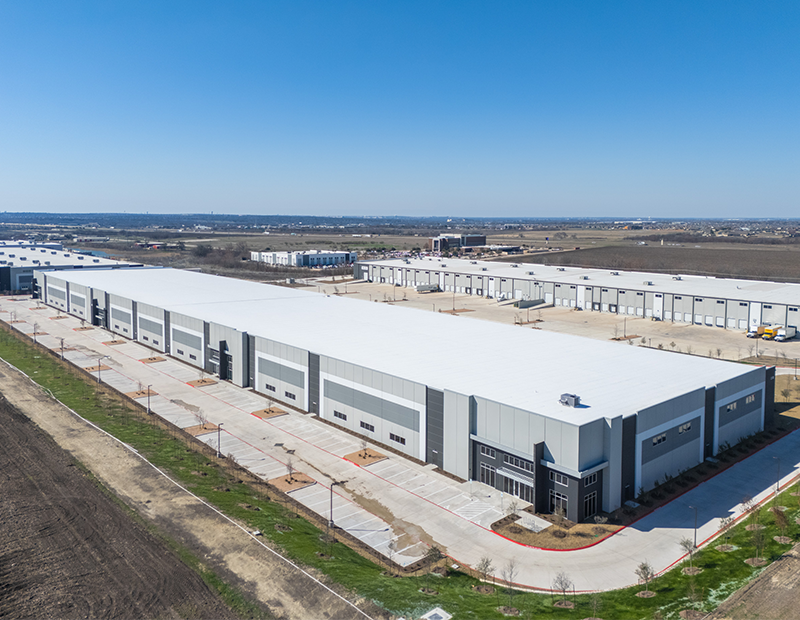
You must be logged in to post a comment.